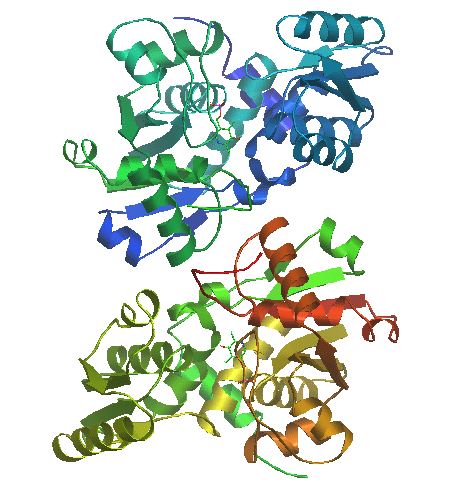Acute Amino Acid d-Serine Administration, Similar to Ketamine, Produces Antidepressant-like Effects through Identical Mechanisms
d-Serine is an amino acid and can work as an agonist at the glycine sites of N-methyl-d-aspartate receptor (NMDAR). Interestingly, both types of glutamatergic modulators, NMDAR enhancers and blockers, can improve depression through common targets, namely alpha-amino-3-hydroxy-5-methyl-4-isoxazolepropionaic acid receptors (AMPARs) and mammalian target of rapamycin (mTOR). To elucidate the cellular signaling pathway underlying this counterintuitive observation, we activated NMDARs in rats by using d-serine. Saline, ketamine (NMDAR antagonist), and desipramine (tricyclic antidepressant) were used as controls. The antidepressant-like effects of all agents were evaluated using the forced swim test. The activation of the AMPAR–mTOR signaling pathway, release of brain-derived neurotrophic factor (BDNF), and alteration of AMPAR and NMDAR trafficking in the hippocampus of rats were examined. A single high dose of d-serine exerted an antidepressant-like effect that was mediated by rapid AMPAR-induced mTOR signaling pathway and increased BDNF proteins, identical to that of ketamine. Furthermore, in addition to the increased protein kinase A phosphorylation of the AMPAR subunit GluR1 (an indicator of AMPAR insertion in neurons), treatment with individual optimal doses of d-serine and ketamine also increased adaptin β2–NMDAR association (an indicator of the intracellular endocytic machinery and subsequent internalization of NMDARs). Desipramine did not influence these processes. Our study is the first to demonstrate an association between d-serine and ketamine; following adaptative regulation of AMPAR and NMDAR may lead to common changes of them. These findings provide novel targets for safer antidepressant agents with mechanisms similar to those of ketamine.



